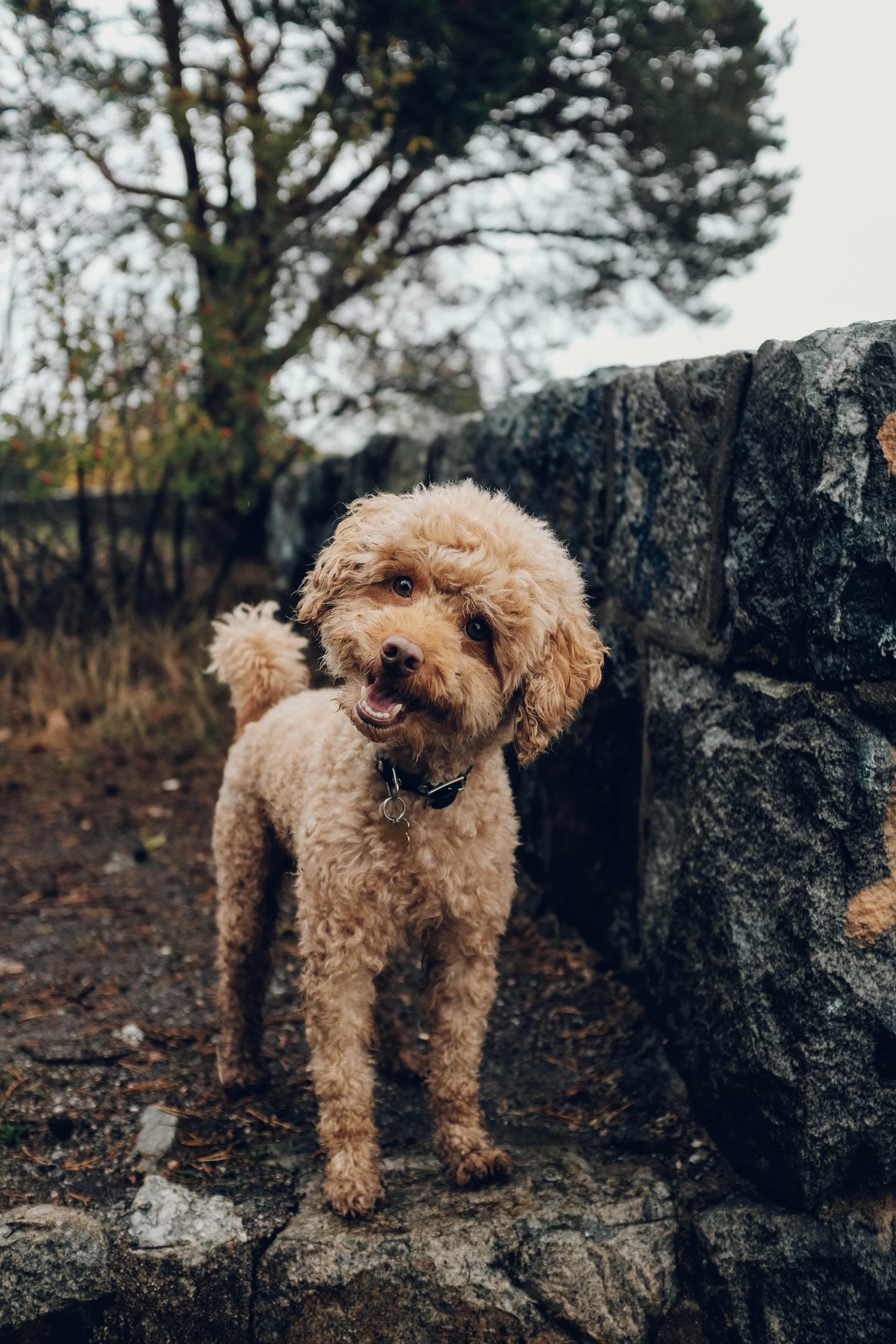Is your dog suddenly making strange honking sounds like the combo of a sneeze and a gasp? It is called reverse sneezing and can be disconcerting. It is usually totally harmless and passes in a few moments. After it is over, the dog does not feel the ill-effects or sickness. Any healthy dog can experience this from time to time. So what are the causes of reverse sneezing in dogs and when to worry about it? We also discuss various treatment options and methods.
What Is Reverse Sneezing in Dogs?
Dog inward sneeze is a respiratory episode common among dogs of all breeds and sizes. A usual sneeze expels air but a reverse sneeze means that the dog quickly inhales through their nose. The result is a noisy sound that resembles snorting or honking. This sound can be surprising and jolting at the same time.
The science behind it is pretty straightforward. Irritation of the soft palate and throat trigger these muscular spasms. The spasm then turns into a dog reverse sneeze. It is harmless and doesn’t last for more than a minute at most. So the dog will be completely unfazed by it.
When it occurs, any pet parent who adores their dog will get quite anxious, but it is unnecessary. Once the sneezing is over, the dog will happily resume its previous activity. They will experience no lingering discomfort afterwards.
What Causes the Reverse Sneeze?
Dog reverse sneezing is triggered by many factors.
Pollen, dust, perfume, household cleaners or any other allergens can bring on an episode.
Dogs with narrow and long nasal passages undergo reverse sneezing more often, according to VCA Animal Hospitals.
Overexcitement and vigorous activity can trigger reverse sneezing.
A collar that puts pressure on the throat can cause an episode.
Infections lead to increased reverse sneezing.
When to Go to the Vet for Reverse Sneezing
Ordinarily reverse sneezing isn’t dangerous. However, sometimes you might need to visit the vet to rule out anything serious. This includes:
Frequent Episodes. When a dog keeps sneezing inward repeatedly, it might be worth a check-up.
Prolonged Duration. Take your pup to the vet if it persists for longer than a few minutes.
Other Symptoms. Nasal discharge, coughing, difficulty breathing or lethargy can be a sign of underlying conditions. Do not ignore these at any cost.
How Is Reverse Sneeze Treated?
Reverse sneeze in dogs usually goes away in seconds. Your pooch will not need any medical treatment in most cases. There are some things you can do to support your dog during such a chapter:
Gently massage the throat to soothe the muscles and stop the spasms.
Cover the nostrils briefly. It will force your dog to swallow and help clear the irritation.
When an episode happens, help your pooch stay calm and reassured. Stress can make the sneezing even worse.
Limit exposure to allergens and irritants such as dust and perfume, if they are behind the sneezing.
Antihistamines and other drugs may be needed to treat the illness.
In rare cases reverse sneezing may be brought on by nasal mites, claims PetMD. Anti-parasitic drugs are usually the go to measure for the total eradication of mites.
Conclusion
Reverse sneezing in dogs can be troubling, more so if you are new to keeping pets. It is normally not a cause for anxiety though. It is important to understand the triggers and provide assistance to your dog during the episode. There are many things that our dogs undergo occasionally but there is no serious reason behind them.
Get your dog regular medical check-ups. If anything bothers you, discuss it with the vet and get their opinion for your own peace of mind. Next time your dog experiences reverse sneezing, don’t panic. Just try to comfort them and see how quickly it resolves by itself.



